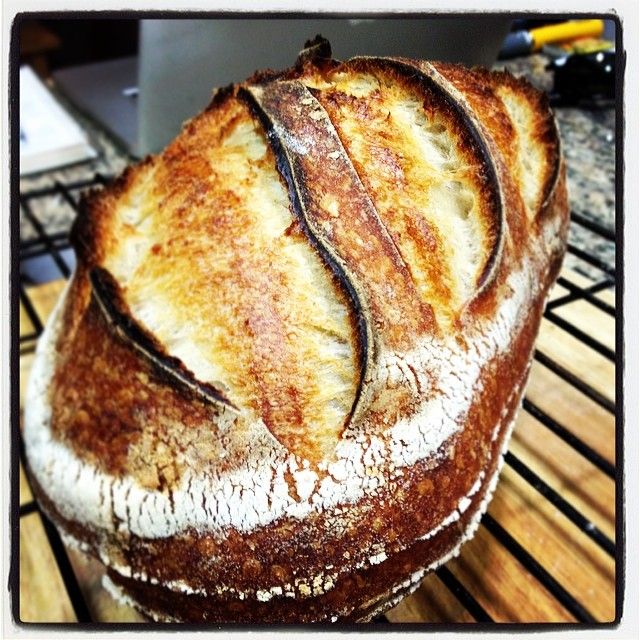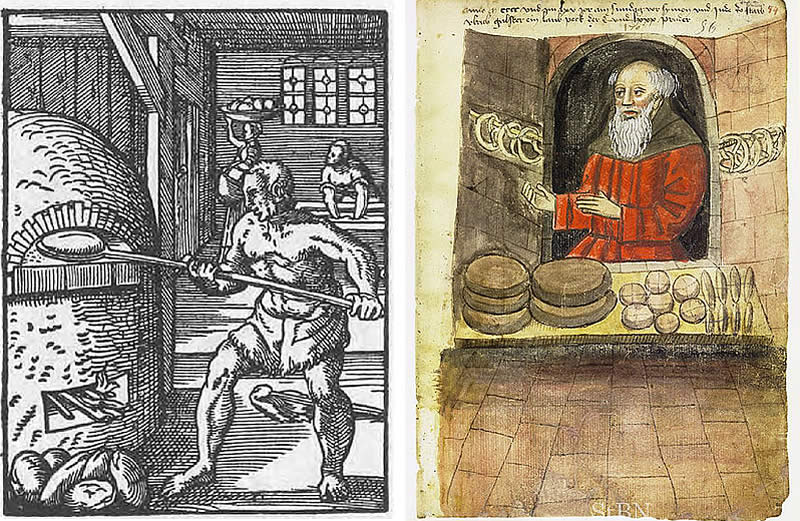2/9/14 Bake

Just a quick post.
26 hour Sourdough right out of the oven, still cracking and popping. 78% Hydro
[URL=http://s1292.photobucket.com/user/Steelhead503/media/Baking/2914Bake1_zps4af7af84.jpg.html] [/URL]
[/URL]
Great Crumb
- Log in or register to post comments
- 11 comments
- View post
- Wingnut's Blog





 Lower left is Bordelaise from French Culinary Inst. 10% rye, 69% hydration, machine mixed.
Lower left is Bordelaise from French Culinary Inst. 10% rye, 69% hydration, machine mixed.

